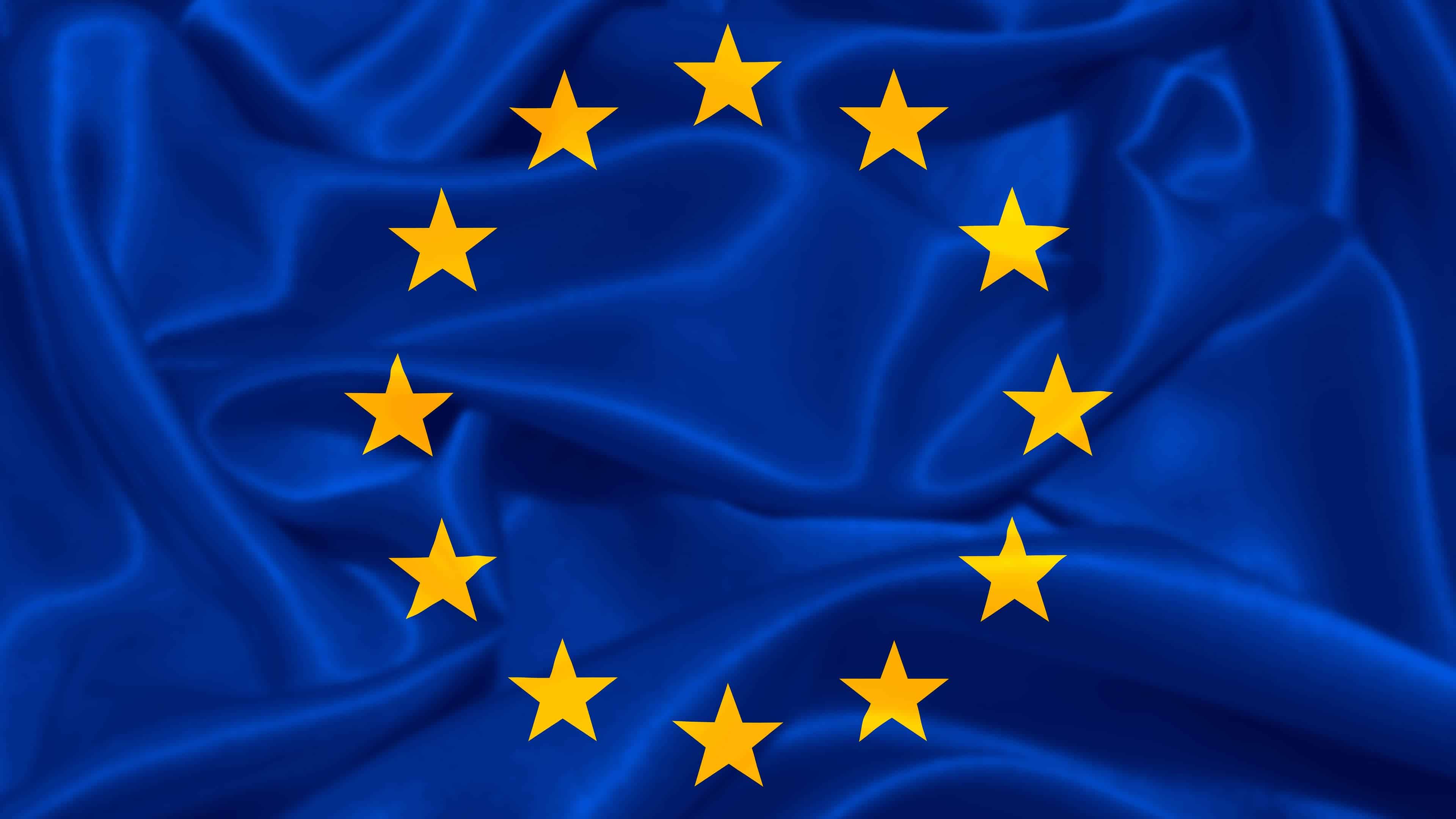

Flying receives far lower subsidies and infrastructure spending than rail. The EU subsidises air travel (including said avgas tax exemption) to the tune of around €30–40 billion annually depending on what you include and what you consider to be a “subsidy.” Using similar criteria, rail is subsidised to the tune of €40–75 billion per year. So rail gets a lot more investment despite it serving 16% fewer travel kilometers per year in the EU than air travel.




Rail is very expensive to build, operate, and maintain. Rail is far more heavily subsidised in Europe than air travel and it’s still more expensive. It also doesn’t respond well to changes in demand. Tracks can’t be easily moved. Flights can easily be redirected. As technology and efficiency improves, flights become cheaper every year. Not rail, however, because most of the cost of operation and maintenance has nothing to do with energy efficiency. This gap will continue to widen. Further, rail has an inherent logistical limitation: all cars share limited lines. They are all limited by the slowest car. They are all stopped when an issue occurs with another car (or tracks). Planes can fly around damage to the network.